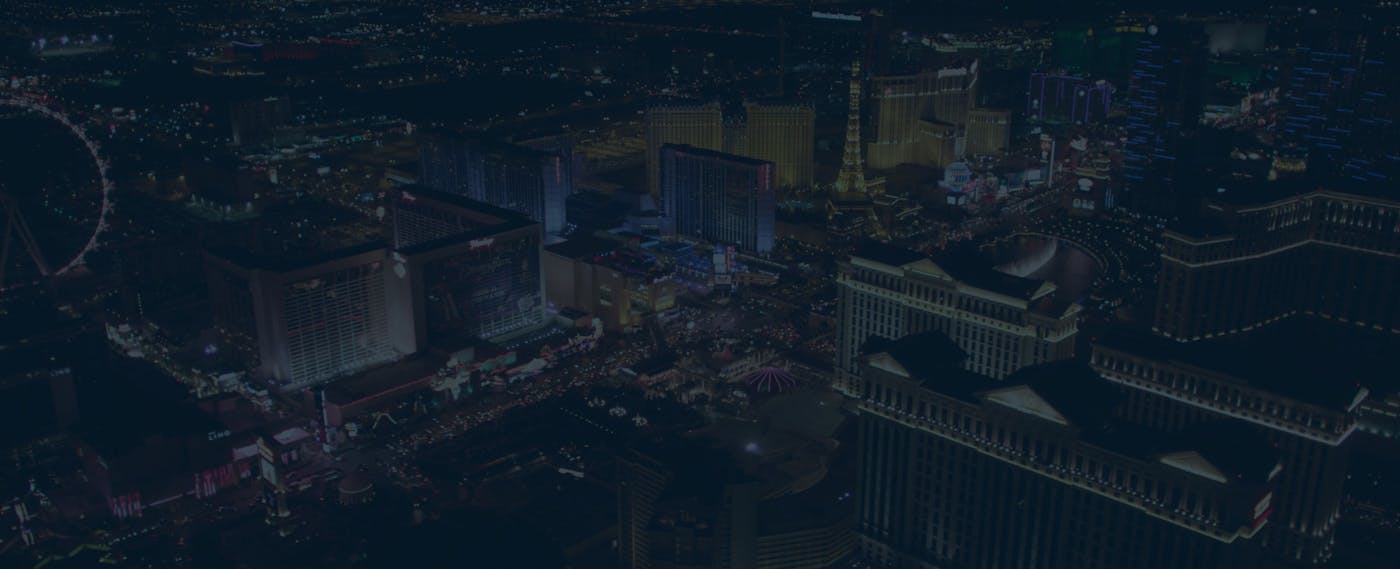Rhinoplasty can make an overly large nose proportional to the shape of the face or use implants and skin grafts to address a tiny nose. The procedure can also improve nasal symmetry, redefine the nasal tip, and reshape the nostrils.
Once you’ve decided that a nose job is right for you, you may wonder how long nose job recovery is. First, we’ll discuss what a nose job is before discussing recovery length and tips for safely speeding up the process.
A nose job reshapes and refines the nose
Rhinoplasty is a cosmetic surgery usually employed to:
- Treat humps, bumps, and dents on the bridge of the nose
- Correct exaggerated drooping or an enlarged, bulbous appearance at the tip
- Refine a nose that has a markedly hooked or upturned shape
- Reshape abnormally shaped, overly broad, or upturned nostrils
- Correct more severe issues, such as a deviated septum, which can cause breathing problems
If you’re of adult age and your nose has fully developed, you can safely and effectively receive a nose job to help attain a symmetrical and proportional nasal shape and size. However, you should have realistic expectations about the outcomes of your rhinoplasty. While surgeons can help patients look like the best version of themselves, it is not in their power to make them look entirely different.
Nose job recovery lasts six weeks
Rhinoplasty swelling is arguably the most bothersome part of nose job recovery. The swelling at the bridge and the upper parts of the nose will reduce quicker because the skin is thinner, while the nasal tip swelling takes longer because the swelling moves from the bridge down to the tip.
However, residual swelling is considerably reduced in seven to ten days, around the two-week mark. At that time, swelling is only detectable by the patient and the surgeon. While it takes six weeks for the nose to be solid, there is little chance of significant problems after ten days.
Nose job recovery can be thought of as a timeline that goes as follows:
- Two weeks: most facial swelling should have subsided, and most patients feel comfortable returning to work and social engagements.
- Six weeks: you should be able to resume vigorous exercise.
- Between three and six months: all numbness and loss of sensation should be resolved entirely by this point.
- One year: most of the healing process is to be complete, with almost all the swelling gone.
However, it is essential to note that aesthetic changes can continue in the nose for many years following your rhinoplasty.
How to help your nose job recovery
Your nose bones will take six weeks to heal optimally, but here are some tips for speeding up the skin healing process:
- Listen to your body
- Rest when you need to
- Call your surgeon immediately if you feel something is wrong
- Follow all of your surgeon’s instructions
- Attend all post-operative appointments
- Elevate your head when sleeping
- Sleep in a recliner
- Eat plenty of protein and colorful fruits and vegetables
- Use cold compresses during the first 72 hours of recovery
- Stay cool to avoid raising your internal temperature
- Don’t blow your nose in the first six weeks
- Don’t wear glasses for the first six weeks
- Stay out of the sun
Dr. Engineer is here to help during nose job recovery
Rhinoplasty is one of the most complicated elective cosmetic procedures. Issues such as asymmetry and poor integration with the other features of the face can be avoided by an experienced and well-renowned surgeon.
Our fellowship-trained plastic surgeon provides only the best care at Engineered Aesthetics Plastic Surgery Institute. Our founder and CEO, Dr. Nitin J. Engineer, is highly-revered for his expertise in aesthetic, reconstructive, hand, and microvascular surgery. He listens intently to his patient's goals and concerns to ensure their desired appearance. Dr. Engineer’s dedication to his craft and determination to deliver the most excellent care possible make him a well-renowned name in the Las Vegas metropolitan area. Contact us today to discuss rhinoplasty and recovery!






